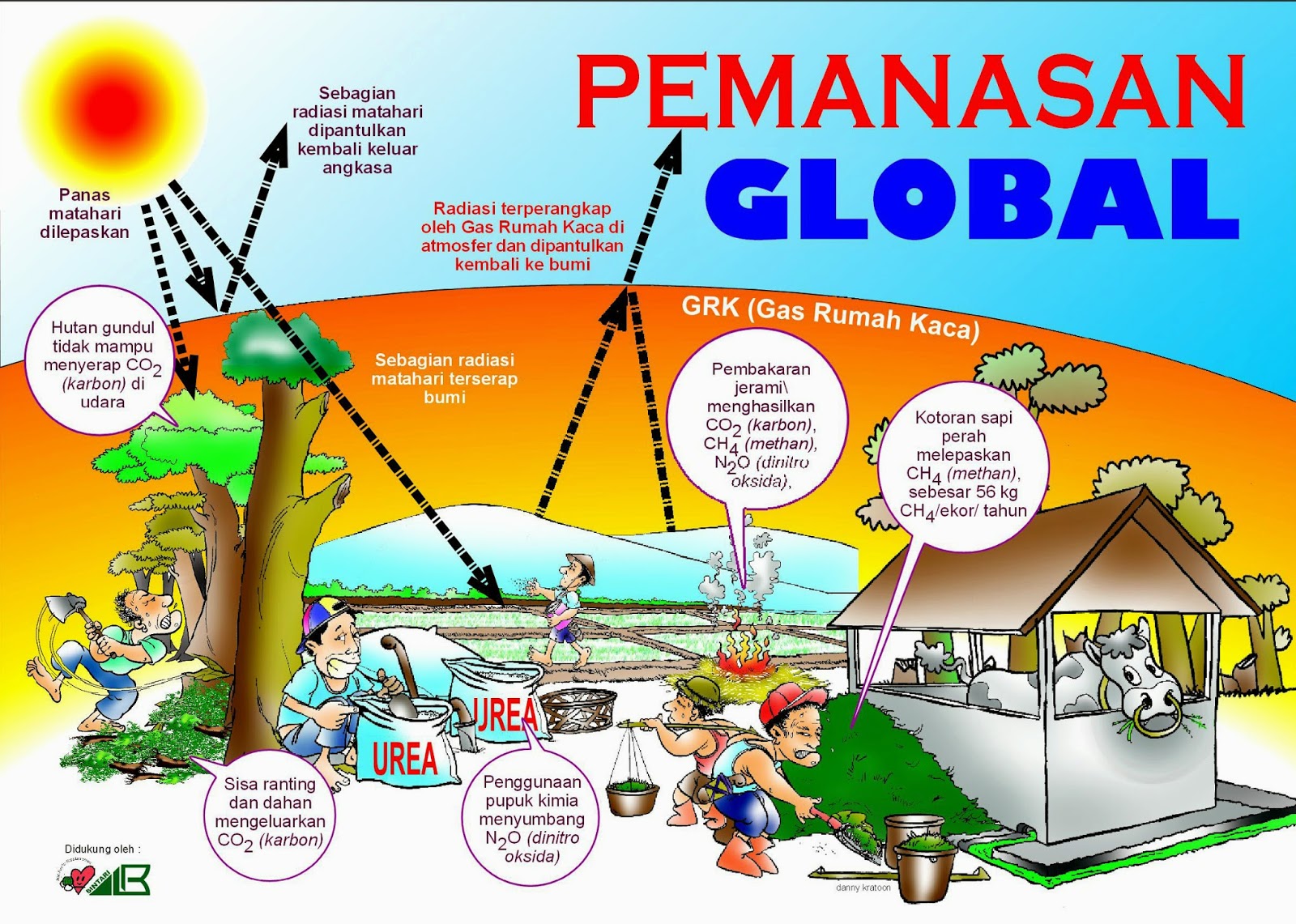Greenhouse Gas Emissions A Seriously Hot Topic
Ever feel like the planet's running a fever? It kind of is. The Earth's temperature is rising, and a big culprit is something called "greenhouse gas emissions," often shortened to GHG emissions. But what exactly are these emissions, and why should we care about them? Think of the Earth like a giant terrarium. The sun's energy comes in, warms things up, and some of that heat escapes back into space. Greenhouse gases act like the glass of the terrarium, trapping some of that heat and keeping the planet warm enough for life to thrive.
Now, this trapping effect is actually a good thing in moderation. Without it, Earth would be a frozen wasteland. The problem is, human activities are pumping way too many of these gases into the atmosphere, thickening the "glass" of our planetary terrarium and causing temperatures to rise faster than they should. This isn't just about slightly warmer summers; we're talking about major shifts in weather patterns, rising sea levels, and a host of other environmental problems.
So, what are the biggest offenders in this atmospheric pollution party? The primary greenhouse gases include carbon dioxide (CO2), methane (CH4), nitrous oxide (N2O), and fluorinated gases. These gases are released through various human activities, such as burning fossil fuels for energy, deforestation, agriculture, and industrial processes. Imagine each of these activities as a tiny factory churning out invisible pollutants that accumulate in the atmosphere, wreaking havoc on the Earth's delicate climate balance.
The history of understanding greenhouse gas emissions dates back to the 19th century when scientists like Joseph Fourier and Svante Arrhenius began to unravel the connection between atmospheric gases and the Earth's temperature. Their pioneering work laid the foundation for our current understanding of the greenhouse effect and its role in climate change. Over time, as scientific knowledge and observational data accumulated, the link between human activities and the increasing concentration of greenhouse gases in the atmosphere became increasingly clear. This realization sparked global concern and led to international efforts to address the issue.
The implications of unchecked greenhouse gas emissions are significant and multifaceted. They include a wide range of environmental consequences, such as rising global temperatures, melting glaciers and polar ice, sea level rise, more frequent and intense heatwaves, disruptions to precipitation patterns, ocean acidification, and increased risks of extreme weather events. These changes pose serious threats to human societies, ecosystems, and the planet's biodiversity.
While reducing emissions is crucial, there aren’t direct “benefits” of the greenhouse gases themselves beyond their natural role in keeping the planet habitable. The benefits lie in mitigating their negative effects. For example, transitioning to renewable energy sources not only reduces CO2 emissions but also improves air quality and creates new economic opportunities. Sustainable agricultural practices can minimize N2O emissions while enhancing soil health and food security.
Addressing climate change requires a multifaceted approach involving individuals, businesses, and governments working together. An effective action plan includes transitioning to renewable energy sources, improving energy efficiency, promoting sustainable transportation, adopting sustainable land use practices, and implementing policies that incentivize emissions reductions.
Advantages and Disadvantages of Addressing Greenhouse Gas Emissions
| Advantages | Disadvantages |
|---|---|
| Improved air quality | Economic transition challenges |
| New economic opportunities in renewable energy | Initial costs of implementing new technologies |
| Enhanced energy security | Resistance from vested interests |
Frequently Asked Questions about Greenhouse Gases
What is the greenhouse effect? The greenhouse effect is the process by which certain gases in the atmosphere trap heat, warming the planet.
What are the main greenhouse gases? The main greenhouse gases are carbon dioxide, methane, nitrous oxide, and fluorinated gases.
How are greenhouse gases measured? Greenhouse gas emissions are typically measured in tons of carbon dioxide equivalent.
What is the Kyoto Protocol? The Kyoto Protocol is an international treaty aimed at reducing greenhouse gas emissions.
What is the Paris Agreement? The Paris Agreement is a global agreement on climate change that aims to limit global warming.
What can I do to reduce my carbon footprint? You can reduce your carbon footprint by conserving energy, using public transportation, eating less meat, and reducing waste.
What are carbon offsets? Carbon offsets are projects that aim to reduce greenhouse gas emissions to compensate for emissions elsewhere.
What is carbon capture and storage? Carbon capture and storage is a technology that captures CO2 emissions from power plants and industrial facilities and stores them underground.
In conclusion, greenhouse gas emissions are a serious threat to our planet. Understanding their impact is crucial for developing and implementing effective solutions. From individual actions like reducing our energy consumption to global collaborations on climate policy, we all have a role to play in mitigating the effects of these atmospheric pollutants. The future of our planet depends on our collective action to address this critical environmental challenge. Let's work together to create a healthier and more sustainable future for generations to come. The time to act is now; the stakes are simply too high to ignore. The Earth’s climate is changing, and understanding the role of greenhouse gases is essential for creating a more sustainable future. Take action today by learning more about reducing your carbon footprint and supporting policies that promote a cleaner, healthier environment. The planet's future, and our own, depends on it.
When to say good afternoon in spanish mastering the art of timing
Seattles emerald secret the ultimate guide to grass planting
Conquering the cbs sports bracket challenge














